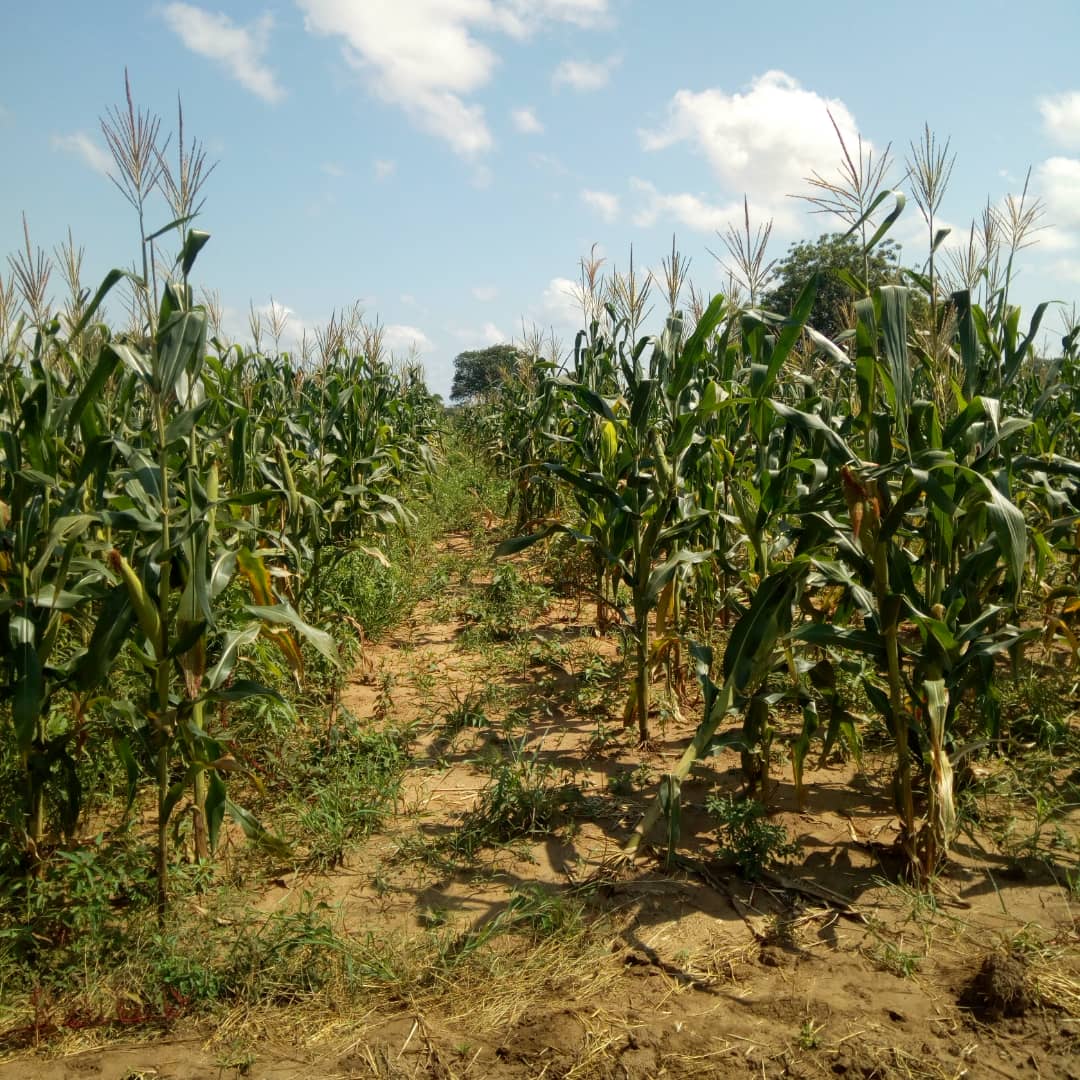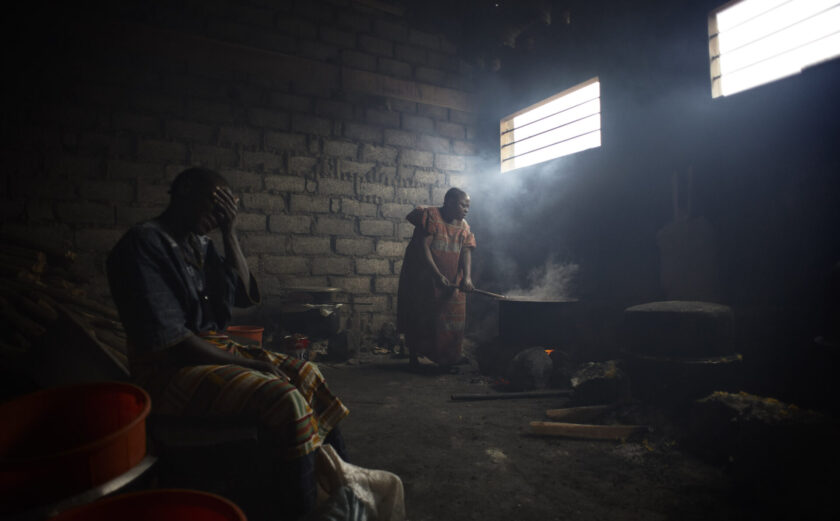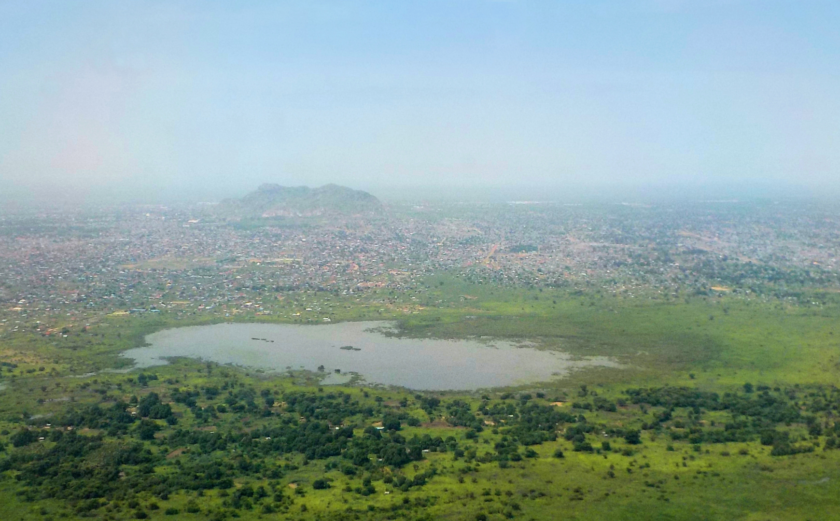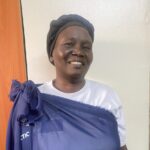
Media Alert: Horn of Africa | Experts Available for Interview | New Data | Photos for Use
InterAction curates content from our Member organizations for journalists—creating a one-stop shop for experts, data, and information around specific topics.
If you would like to learn more about any of the information below, please get in touch with the POC provided.
If you are looking to speak to a different NGO, please reach out to Morgan Martinez, mmartinez@ianteraction.org, and she will put you in touch with one of InterAction’s 180+ Member organizations.
DATA: Hunger Funding Gap
Only 7% Of Hunger Appeals Are Filled, For A Funding Gap Of 93%
Only 7% of appeals for hunger-related funding through the UN system are filled, leaving a hunger funding gap of 93%, according to “The Hunger Funding Gap: How The World Is Failing to Stop the Crisis,” a new analysis from Action Against Hunger. It found that while global funding has increased 233% over the past decade, humanitarian needs are up 500%— therefore, 42% fewer UN appeals are being fulfilled.
The analysis examined 13 countries that experienced “crisis” levels of hunger or worse in 2020, and how the global community responded with funding in 2021. For more information, please contact, Emily Bell Tyree at ebtyree@actionagainsthunger.org
PHOTOS: South Sudan
Action Against Hunger commissioned photos and would be happy to offer exclusives. Contact information can be found below.
Over 900,000 people are being impacted by ongoing catastrophic flooding in South Sudan. Action Against Hunger has powerful new images from world-renowned photographer Peter Caton that tell a story of climate adaptation in South Sudan. The images show how the Paguir community is learning to live with relentless flooding.
Planting Rice in Floodwaters With farmlands underwater for three years in a row, many residents resorted to harvesting water lily bulbs (which contain no nutritional value) and fishing from contaminated floodwaters to survive. Now, dozens of women in Paguir are getting their feet wet learning how to plant a new crop: rice. Action Against Hunger’s Head of Base, Joe Joe Zubahyea, trained community members, who in turn are training a larger group, to broadcast seeds, prepare nurseries, transplant, and harvest. It’s been a great boost of confidence for the Paguir women. Please see photos here: https://docs.google.com/presentation/d/1Ce8ISmPiX8ndwnX7JP7GQtlZgAQirU_ha2W6Xa2kyHk/edit#slide=id.p
Building Passage for Life-Saving Transportation Years of flooding made it difficult for humanitarian aid to reach the remote area of Paguir, which was only narrowly accessible by canoe and a long trek through a swamp. The people of Paguir worked with Action Against Hunger to carve a larger waterway for boats. It took almost four months, but the new passage now gives the people of Paguir access to humanitarian assistance and to nearby markets to sell their rice and buy other essentials. Please see those photos here: https://docs.google.com/presentation/d/1BZ42etmjI1Lr_7dwQMbUycRA56U7ovEzcwfHRft4qFw/edit#slide=id.p
Experts Available for Interview: Somalia and Ethiopia
Somalia: Mercy Corps CEO Returns from Drought-Ridden Somalia
Mercy Corps’ CEO Tjada D’Oyen McKenna recently visited drought-affected areas in Somalia. While she was there, Tjada recounted, “You feel like you’re looking at the face of death.”
Tjada and Mercy Corps staff in the Horn of Africa are available for interviews to discuss the drought and Mercy Corps’ response.
Please contact Bria Justus to schedule an interview: bjustus@mercycorps.org
Somalia: In-County Expert Omar Aden
Across East Africa, millions of people are experiencing a dramatic rise in hunger, mainly due to a combination of factors, including the worst drought in 40 years, political instability and conflict, COVID-19, and soaring inflation.
“We’re seeing mass migration because people are fleeing their homes in search of sustenance. And the ones that can leave are the lucky ones. It’s the sick and elderly who get left behind. IN 2011, a quarter of a million people died from deprivation, half of them children. We can’t let that happen again.” – Omar Aden
Omar Aden, chief of party for Catholic Relief Services (CRS) Somalia, is available for interviews and can speak to the ongoing hunger crisis.
Please contact Brittany Wichtendahl to schedule: brittany.wichtendahl@crs.org.
Ethiopia: In-Country Expert Akilu Dogisso
How should the world respond?
- Conflict in the Tigray region
- Political uncertainty
- Inflation at over 30%
- Grain and fertilizer imports at a shortage
- A life-altering drought
Speak to Aklilu Dogisso, Country Director of Ripple Effect in Ethiopia. Example commentary from Aklilu Dogisso: https://rippleeffect.org/blog/the-road-to-famine-in-ethiopia/
Please contact Joanna Brownbill to schedule: joanna.brownbill@ripppleeffect.org
NGOs At Work
International Medical Corps Is Confronting World Hunger
A dangerous combination of factors—conflicts and displacement, extreme weather, outbreaks of disease and economic uncertainty—has created a global hunger crisis, putting additional pressure on people who already have trouble putting food on the table. International Medical Corps is responding with emergency food assistance, essential medicines, medical care and screening services, and training. For more information, please contact: Todd Bernhardt tbernhardt@internationalmedicalcorps.org









